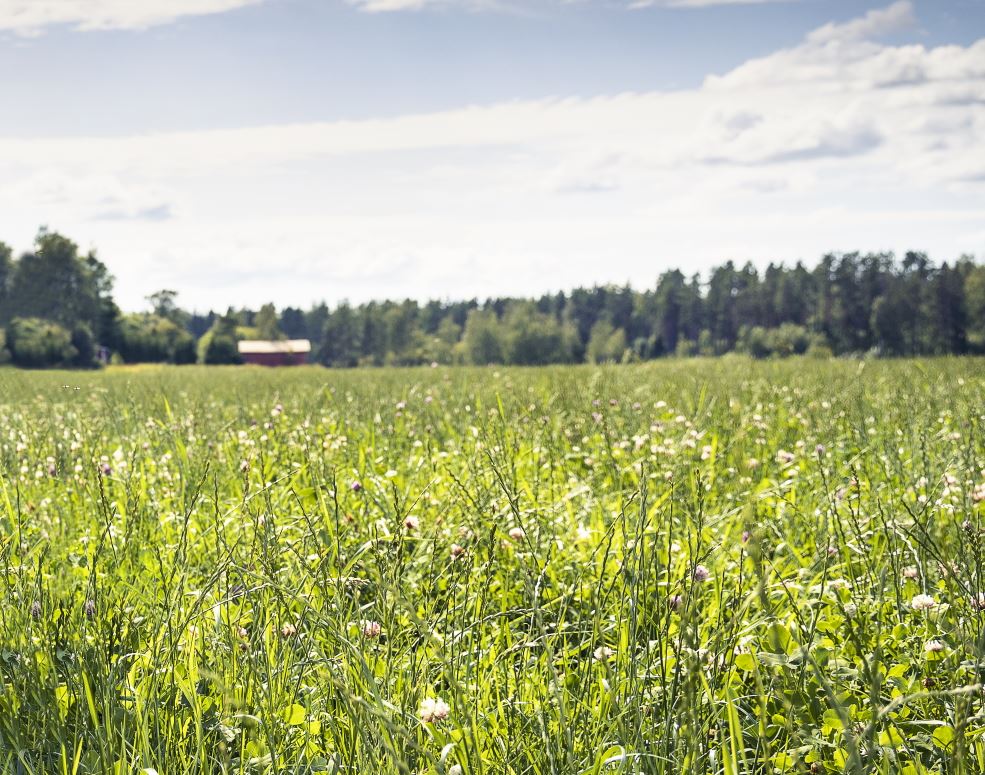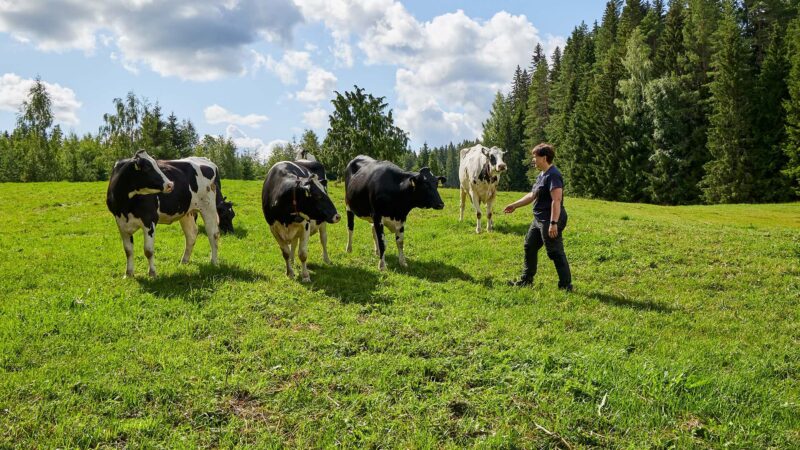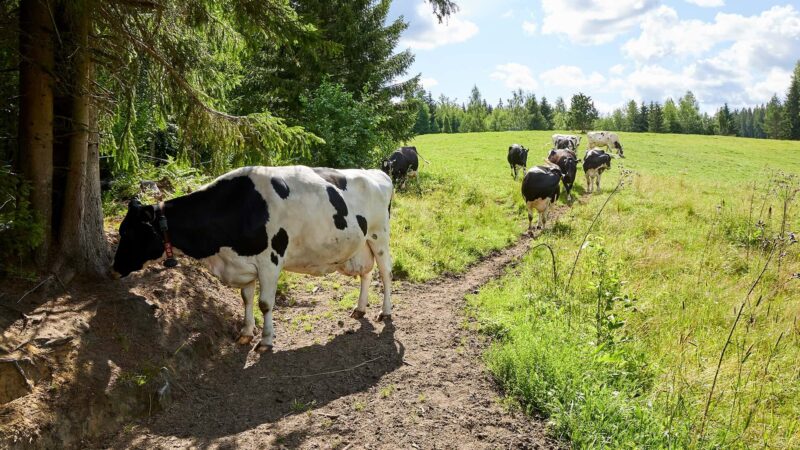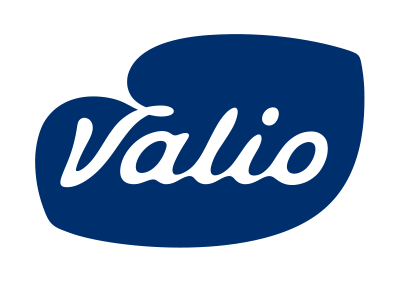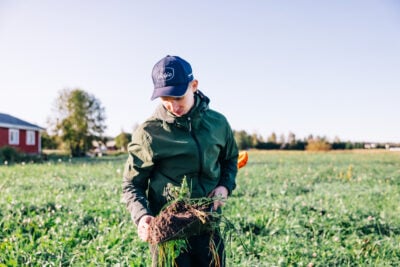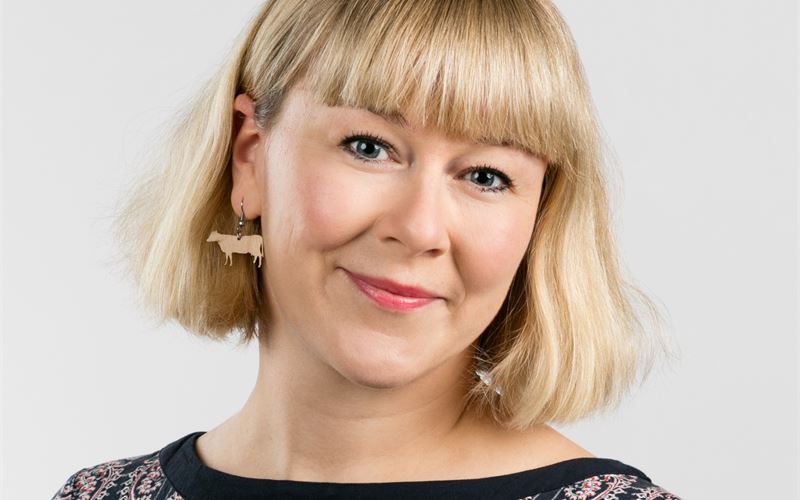Valio’s emission reduction measures decreased emissions by 10% from 2019-2022
About 85-95% of the carbon footprint of dairy products comes from primary production, so the work done at dairy farms is of particular importance. It is important that emissions also from industry and logistics are monitored and reduced in various ways.
“Dairy farms have many ways to cut emissions. Like forests, grasslands sequester carbon, and carbon sequestration in mineral soil can be enhanced, for example through the use of multi-species, deep-rooted grasses. Improving soil condition also enhances carbon sequestration. We convert manure generated at farms into energy. In the future, the manure will be turned into biogas, which will replace fossil fuels in transport. In addition, the nutrients in the manure will be used in making lower emission fertilisers. Promoting the welfare, sustainability and health of cows also has an emissions-reducing impact. Moreover, feeding solutions can reduce the methane emissions from cows. We also aim to reduce emissions from peat fields, for example by applying different farming techniques and by restoring low-yielding peat fields back into wetlands,” notes Aleksi Astaptsev.
Total emissions from Valio’s Finnish operations (excl. wholesale operations) have decreased by 10% from the 2019 baseline to 2022. Valio complies with the international GHG Protocol, and the emissions report is verified by a third party. The emission reductions achieved in 2019-2022 were 42% in Valio’s own operations (scope 1) and 34% for Valio’s purchased electricity and heat emissions (scope 2). Emissions elsewhere in the value chain (scope 3) decreased by 8% overall. Of these, the four-year emissions reduction was 9% in raw milk received and 20% in logistics.
“There is huge variability in greenhouse gas emissions from organic peatlands, which the calculator does not take into account at the initial stage. However, research and calculations are the only way to find farming methods that reduce emissions from peat fields. Without accurate calculations, it’s impossible to find the right actions,” concludes Aleksi Astaptsev.
